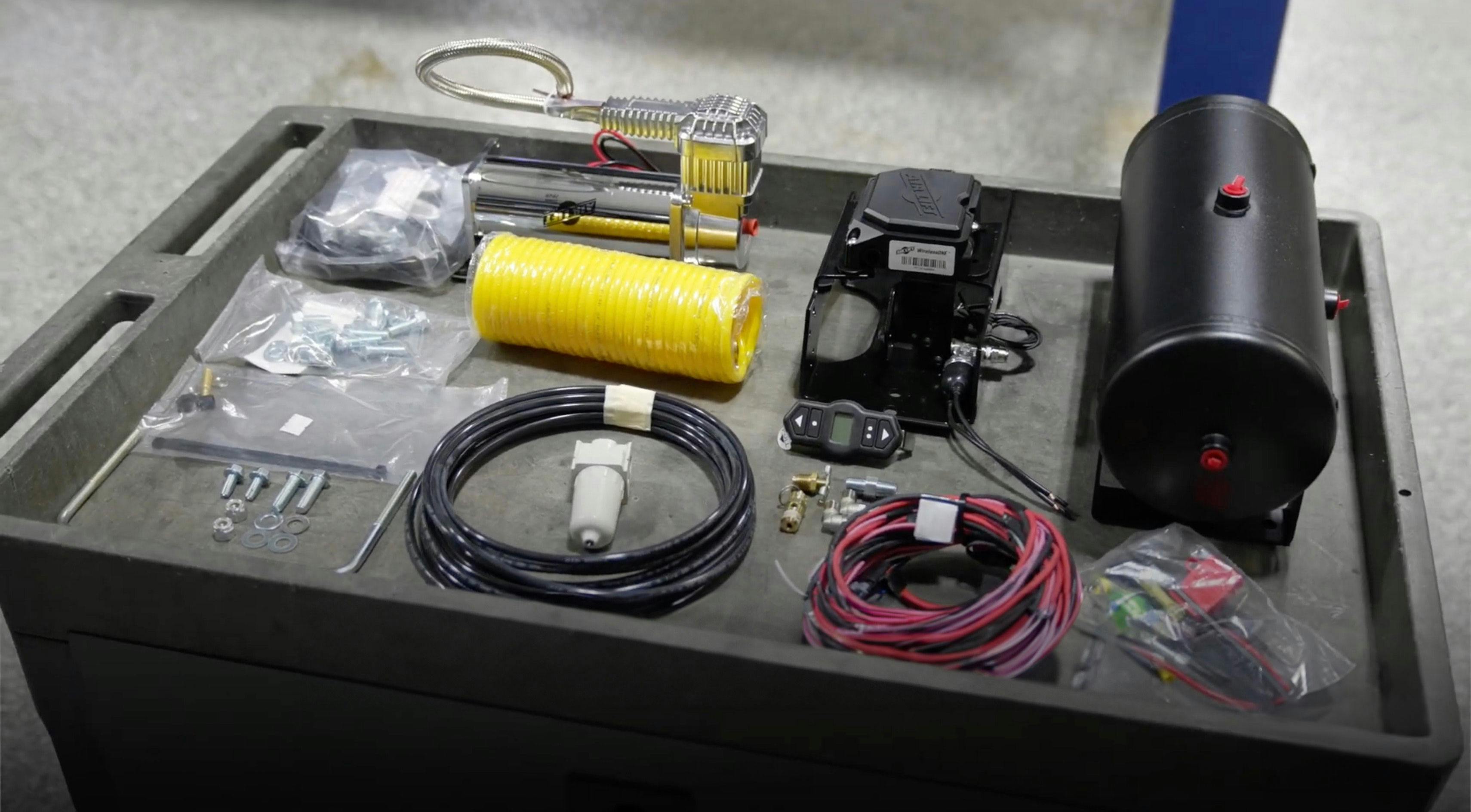
How To Tighten an Air Fitting
6/30/2014
If you’re reading this, you’re probably planning on attaching push-to-connect air fittings to a sleeve-style air spring (like with RideControl-series air springs) or if you’re using bellows-style applications (such as LoadLifter-series air springs).
Hang on—I’m new here. What are air fittings, exactly, and why are they important?
In the world of air suspension systems, air fittings are the pieces that connect air lines to the other components. For example, air fittings could link an air line to an air spring, connect an air line to a compressor, or even connect air lines to each other.
In air suspension systems, air fittings matter. Under- or over-tightened fittings, mis-threaded fittings, or improperly connected fittings can cause the entire system to fail, which is the last thing you’d want to happen. So, make sure you install and tighten your air fittings following the guidelines below, so you can trust those fittings to do their job.
So how do I tighten an air fitting?
Ttightening an air fitting is actually pretty simple. Follow these two steps for success:
- Screw in the fitting until it is finger-tight, then
- use a wrench to give it another one-and-a-half turns.
Don’t forget—one last tip!
When you’re cutting air lines, make sure to make a clean, square cut and perform a leak test. It’s a simple process that could ultimately save you time and money, and will give you real peace of mind. Learn more about cutting an air line.

